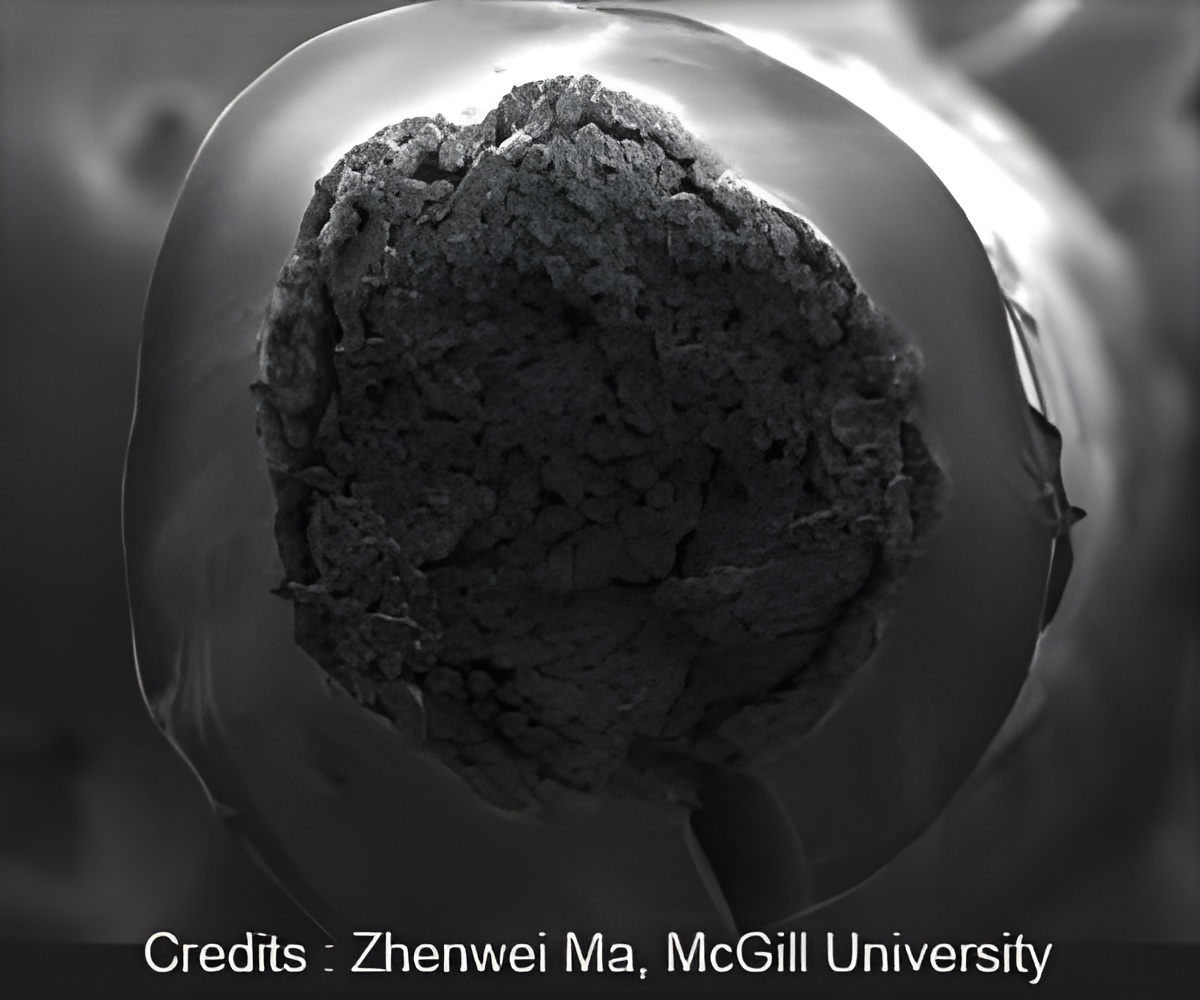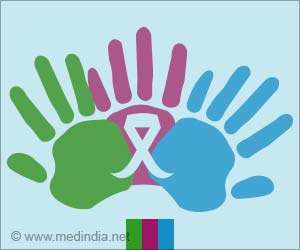Next-generation sutures can deliver drugs, prevent infections, and monitor wounds. Researchers have developed innovative tough gel sheathed (TGS) sutures inspired by the human tendon.

‘Surgical suture technology provides a versatile tool for advanced wound management that can deliver drugs, prevent infections, or even monitor wounds with near-infrared imaging.’





These next-generation sutures contain a slippery, yet tough gel envelop, imitating the structure of soft connective tissues. In putting the TGS sutures to the test, the researchers found that the nearly frictionless gel surface mitigated the damage typically caused by traditional sutures.Conventional sutures have been around for centuries and are used to hold wounds together until the healing process is complete. But they are far from ideal for tissue repair. The rough fibers can slice and damage already fragile tissues, leading to discomfort and post-surgery complications.
Part of the problem lies in the mismatch between our soft tissues and the rigid sutures that rub against contacting tissue, say the researchers from McGill University and the INRS Énergie Matériaux Télécommunications Research Centre.
Inspired by the Tendons
To tackle the problem, the team developed a new technology that mimics the mechanics of tendons. "Our design is inspired by the human body, the endotenon sheath, which is both tough and strong due to its double-network structure. It binds collagen fibers together while its elastin network strengthens it," says lead author Zhenwei Ma, a PhD student under the supervision of Assistant Professor Jianyu Li at McGill University.
Advertisement
Personalized Wound Treatment
Advertisement
"The ability to monitor wounds locally and adjust the treatment strategy for better healing is an exciting direction to explore," says Li, who is also a Canada Research Chair in Biomaterials and Musculoskeletal Health.
Source-Eurekalert








